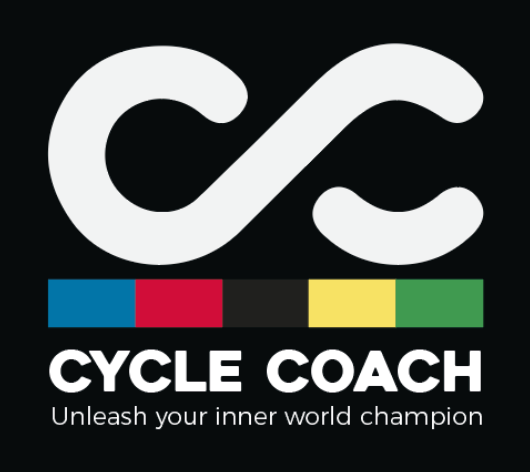Cycling Strong: Strategies to Boost Your Fatigue Resistance
Back in the last 1990s I was at university studying for my degree in Sport Science. At some point during this time I met up with Louis Passfield (who unfortunately passed away last year) and we had lots of overlapping thoughts about cycling and endurance performance.
For his PhD research one of the topics he looked at was fatigue and efficiency, and the test for this involved doing a 5-minute maximal effort, followed by either 60-minutes doing nothing, or 60-minutes riding at a very low intensity, both of these options were then followed up with a 2nd 5-minute maximal test. The idea was to see how fatigue affected 5-minute performance from what could only be described as a very low intensity (60% VO2max). The data showed that such a low intensity reduced the follow up 5-min power by around 12 W. Louis’s research looked at this to understand the mechanism behind it.
At the same time, it was fair to say that I was more interested in the practical reasons of why this happened and what could be done to reduce this reduction in power, and I spent some time thinking how training could reduce this so that riders could generate (nearly the) same power when fresh as when fatigued. I termed this fatigue resistance for obvious reasons! Over the last couple of years the current sports science terminology refers to this as durability, but stamina or endurance also work.
Of course, you might be an time triallist, or an ultra endurance rider, or an Ironman triathlete, or a gravel cyclist and say “what has 5-minutes got to do with me”, or “I don’t do road races”, but in reality this affects all cyclists and athletes who take part in events that last longer than 90-seconds. Yes, that right, 90-seconds (it’s not a typo, it isn’t meant to say 90-minutes).
Once a bout of exercise extends from around 90-seconds it’s predominantly aerobic in nature and that means that at some point there is fatigue from aerobic metabolism, which ultimately means that there is some sort of drop off/reduction in power output as time goes on. Where this drop off occurs is dependent upon multiple factors, but is related to how long the exercise period is, the intensity of the period, your muscle glycogen stores, as well as genetics, age, health, etc.
How fatigue resistant you are will show up with a variety of scenarios. The most common one is that at the start of a ride you ride up a hill and stay with your group, but towards the end of the ride, you get dropped (even though the power requirement is the same). Other options include your power tailing off during a time trial or long ride (even with good pacing and nutrition), or when the finale of a road race occurs (and you get shelled).
So, what can be done about this, and how can you improve your fatigue resistance? Firstly, if it’s an area you’ve identified that happens to you, then it’s worth trying to ascertain exactly how much of an issue it is. One option is to do Louis’s test where you do a maximal 5-minute test (after a brief 2-min warm up), then a 60-min very easy ride (~55% FTP) followed by a follow up 5-min test and see how the power drops off. Let’s say that’s 20 W difference between the two 5-min tests. How can we minimise that gap with our training?
There are a variety of training protocols that can help mitigate this reduction in power and boost your fatigue resistance.
1) Lots of long rides (whatever that means for you), at a decent effort. These could be once a week. Essentially, by doing lots of volume it’ll boost your fatigue resistance.
2) Long rides with efforts towards the end. For example a 3 hr ride, immediately followed by 20-mins of MIET before cooling down. This is hugely fatiguing, because you’re already fatigued from the 3 hrs and then you’re finishing with the effort.
3) Increasing your FTP and MAP. Make no mistake, raising these key variables or any associated similar metrics means that you’ll be fitter and if you continue to do your event at the same power it’ll mean that you’re now riding at a lower % of your ability than previously.
4) Strength training, in a similar vein to point 3, being stronger will also mean that a given power output will now be a lower % of your ability than before.
5) Better pacing and nutrition. By trying not to start too hard you’ll do less hard efforts and fatigue at a slower rate than riding out of your skin and fatiguing way too fast. Likewise, eating well (>80g of carbs per hour if you can handle it) will allow you to offset some of the glycogen you’re burning through with riding.
6) A combination of all the above!
Why not give the test a go and then implement these training ideas for at least 4 weeks and see how your fatigue resistance improves. I’d be delighted to hear from you. To see how CycleCoach can help you improve your fatigue resistance and improve other areas of fitness you can sign up for coaching here or schedule a call with a coach here
